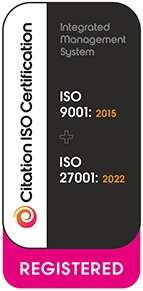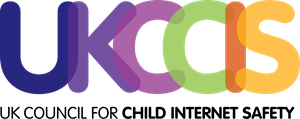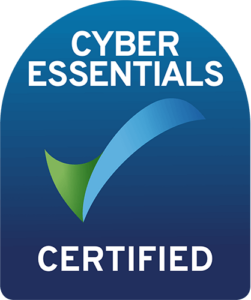DSLs will have discussed with the School IT Manager what websites they want blocked so that pupils can’t access these from school devices. If you’re particularly savvy with Google Classroom or similar, you might even have set up your own user-based restrictions in your Admin panel.
Here’s the problem. Well, three of them to be exact:
- Limited learning opportunities. YouTube, for example, is jam-packed with rich learning resources in the form of ready-made video content that can save teachers hours of time and be valuable learning and revision aids. Some schools ban the use of search engines entirely (Google, Bing etc) which significantly limits the ability for independent, student-led learning. If your YouTube videos are embedded within approved content pages this is less of a problem. But if you encourage student-led learning then you’re immediately creating barriers.
- Blocking doesn’t identify behaviour. Although some of the websites mentioned above may be blocked, that doesn’t identify intent or behaviour. If one of your students was trying to search “different ways to self harm” or “revenge porn” you’d absolutely want to know who it was, when it was, where they were – irrespective of whether the student actually accessed the content.
- School-approved websites can be triggering, what then? So-called ‘safe’ websites e.g. bbc.co.uk may be considered safe by schools and therefore not added to a list of banned or blocked websites. There are 29 webpages on the BBC about ‘eating disorders’ and the same number of pages about ‘extremism’. While the intention of the articles is to educate and inform, victims may find this content extremely triggering. Repeated access to these webpages would be a pattern of behaviour a DSL would need and want to know.
Web filtering in schools is an absolute must. But it is imperative that online monitoring – a completely separate safeguarding measure – is also in place. Online monitoring allows DSLs to understand behaviour and intent, as well as providing key evidence into safeguarding incidents that web filtering alone can’t offer.
Not all online monitoring is created equal. With our online monitoring software we focus on 3 key things:
- Highest level of protection for students that supports a ‘disclosure-first’ culture.
- Ease and speed of use of software for DSLs (or a ‘Done-for-you’ option to remove the day-to-day admin responsibility for DSLs entirely).
- Competitively priced because we know school budgets are being squeezed more than ever.
Contact us for a free consultation to see how Securus could support your school.
We’ll give you a quick 5-minute demo of our software, let you know our service level options and give you a quote if we’re right for you.


